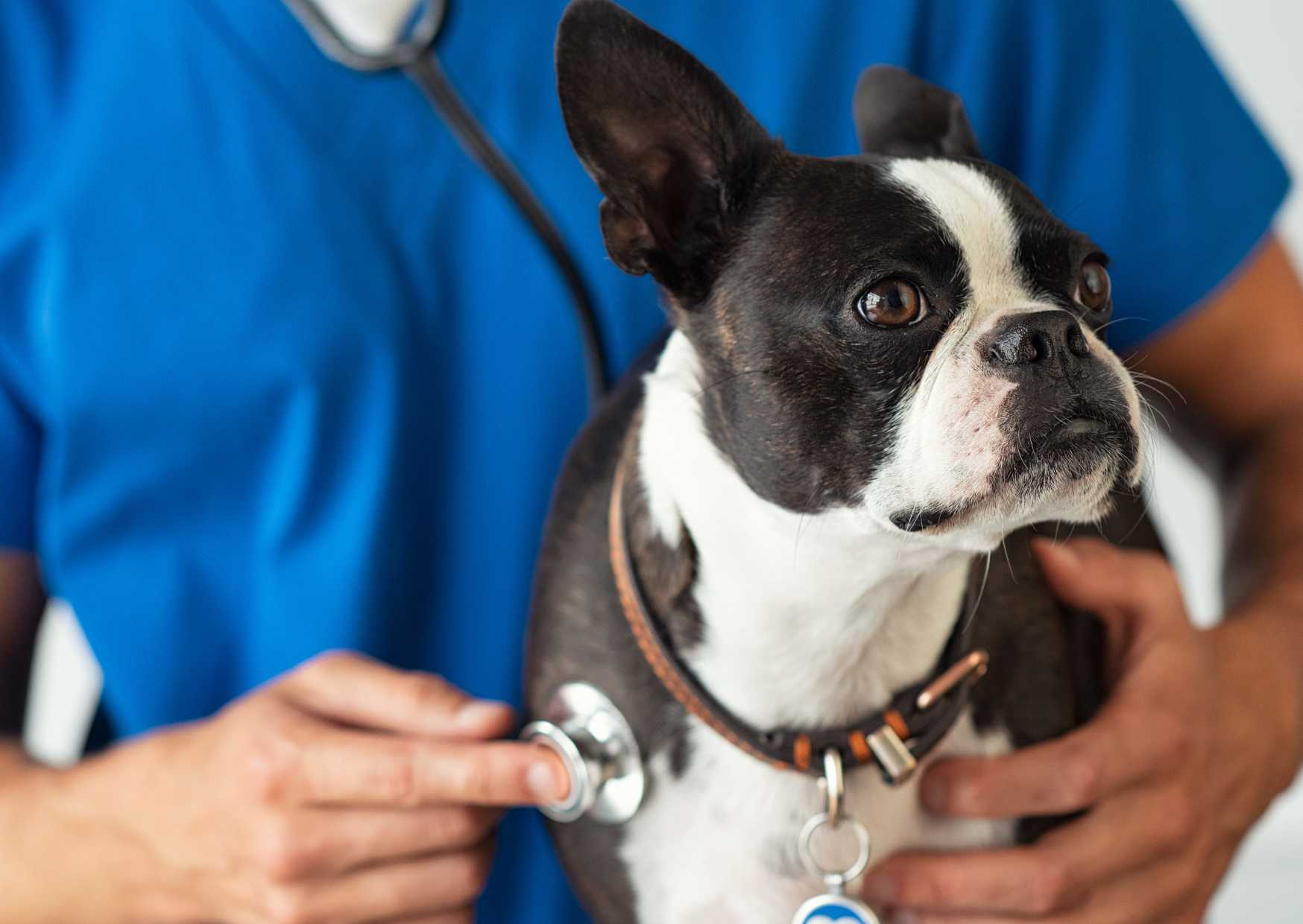How to Differentiate Between Heatstroke and Heart Disease in Pets?

It's not just the winter months when pets are prone to heart disease; summer can be just as risky! Many symptoms of heart disease and heatstroke are similar, making it challenging for pet parents to differentiate and causing potential neglect. What are the connections between heatstroke and heart disease? How can we tell them apart?
Let Dr. Du Qingrong from Starlight Veterinary Clinic guide us in distinguishing between heatstroke and heart disease!
1. Not Just Winter! Pets Are Also Prone to Heart Disease in Summer!? Why? When it comes to heart disease, do you immediately think of news reports about people collapsing while running, fainting after a bath, or suddenly dropping during physical activities?
Heart disease can occur in any season, at any time. The heart's function is to contract and pump blood through the body via blood vessels and then back to the heart.
So why does heart disease occur?
In dogs, a major cause of heart disease is valve insufficiency. Abnormalities in the blood flow and pressure force the heart to work harder, leading to heart failure over time. Ultimately, it's all about the relationship between blood and the heart.
In summer, due to the hot weather, dehydration occurs faster and more severely than in winter. Dehydration thickens the blood, increasing the heart's workload, which can lead to heart failure. Moreover, modern people often use air conditioning indoors during hot weather. Rapid temperature changes cause blood vessels to contract and expand, making it difficult for the heart to adapt.
Additionally, dogs are less heat-tolerant and more easily agitated in hot weather. Emotional fluctuations excite the sympathetic nerves, accelerate the heartbeat, and increase the heart's burden, which is another cause.

- Mental State: Sluggish response, dull eyes, aimless wandering.
- Appearance: Excessive drooling, vomiting, diarrhea, rapid and heavy panting.
- Physical Examination: High body temperature, rapid heartbeat and pulse, red tongue, pale gums, bloodshot eyes.
In severe cases, the dog may appear weak, dizzy, unsteady, convulsing, and eventually unconscious.
Symptoms of Heart Disease:
Rapid and shallow breathing, inability to lie down properly, only able to lie on the stomach, difficulty breathing, blue tongue, inability to exercise for long periods, lethargy, fainting, coughing (not always), normal or low body temperature. In severe cases, collapse and nosebleeds may occur.
From these symptoms, we can preliminarily identify that if a dog is suffering from heatstroke, its body temperature will be very high. In contrast, a dog with heart disease may have normal or low body temperature. Both conditions cause weakness and panting. Regardless of the issue, immediate veterinary attention is recommended!
3. Daily Care Tips for Pets with Heart Disease in Summer: Owners of pets with heart disease can follow H.E.A.R.T.

H = Hear: Listen to your dog's breathing for abnormalities. Are there any unusual coughing or heavy breathing?
E = Exam: Take your dog for a health check-up every six months, and have its heart function and structure checked annually.
A = Ask: Consult your veterinarian if you have any questions. Avoid trying to solve problems with unverified methods.
R = Relax: Keep pets with heart disease calm and avoid excitement, anxiety, and drastic emotional swings or scares.
T = Treatment: If heart disease requires medication, follow the veterinarian's instructions for appropriate treatment. Once medication is needed, do not stop it arbitrarily. Regularly monitor blood pressure weekly and follow up on heart conditions every 3-6 months.
For diet, avoid high-sodium foods as they can cause high blood pressure and increase the heart's burden.
Owners should also prepare a list of emergency animal hospitals. If emergency hospitals are far away or unavailable, having an oxygen generator at home is recommended to provide sufficient oxygen before medical help is available.




